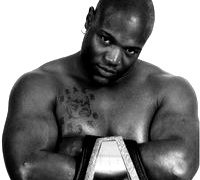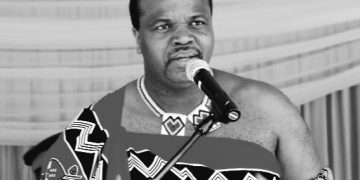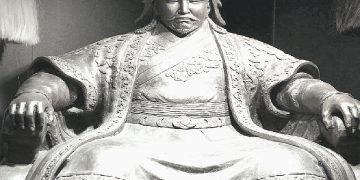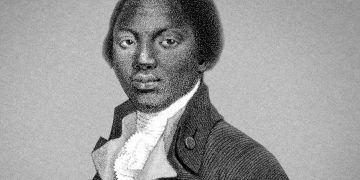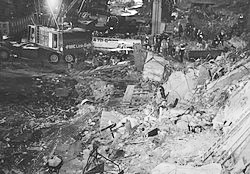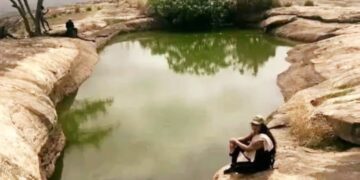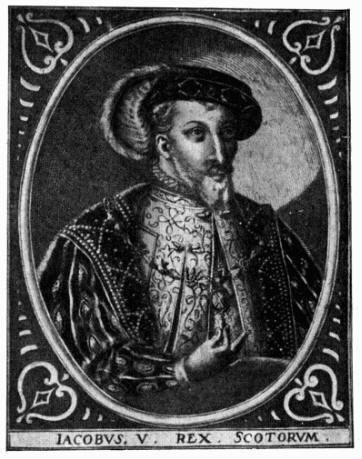
In 1502 James IV of Scotland had forged a peace treaty with England and married Henry VII’s daughter Margaret. Henry VIII became King of England in 1509. While Henry was in France fighting the French in 1511, James tried to break the peace treaty. Henry ordered troops be sent to Scotland and on 9th September 1513 the Scots were defeated at Flodden Field and James IV killed.
James V inherited the Scottish throne from his father at the age of 17 months and while he was growing up Scotland and England remained at peace although the underlying animosity between the two countries continued.
In 1536 James V renewed Scotland’s alliance with France and married Madeleine of Valois in 1537. When she died after a few months James married Mary of Guise.
In 1541 James had agreed to meet Henry VIII at York while Henry was making his summer progress. However, the Scottish nobles advised James that he was in danger of being kidnapped by the English and James did not attend. Henry took James action as a personal insult.
In October 1542 the Duke of Norfolk at the head of 20,000 men marched north and burnt the towns of Jedburgh and Kelso. In retaliation James sent a Scottish army of 10,000-17,000 men commanded by Oliver Sinclair south of the border with orders to burn Cumbria.
Thomas Wharton, the local commander, had managed to raise an English force of 3,000 men and stationed them on a slight elevation overlooking the swampy area known as Solway Moss.
As the Scots approached they saw the English flags and men ahead of them and fearing it was part of a much larger force many turned and fled. The battle was a resounding victory for the English who took prisoner 2 Earls, 5 Lords more than 1,000 soldiers. There was little loss of life – 7 English and 20 Scots were killed during the battle, some of the Scots drowned in the swamps.
James V did not take part in the battle because he was ill with a fever. He died two weeks after the battle leaving his 6 day old daughter Mary as Queen of the Scots

